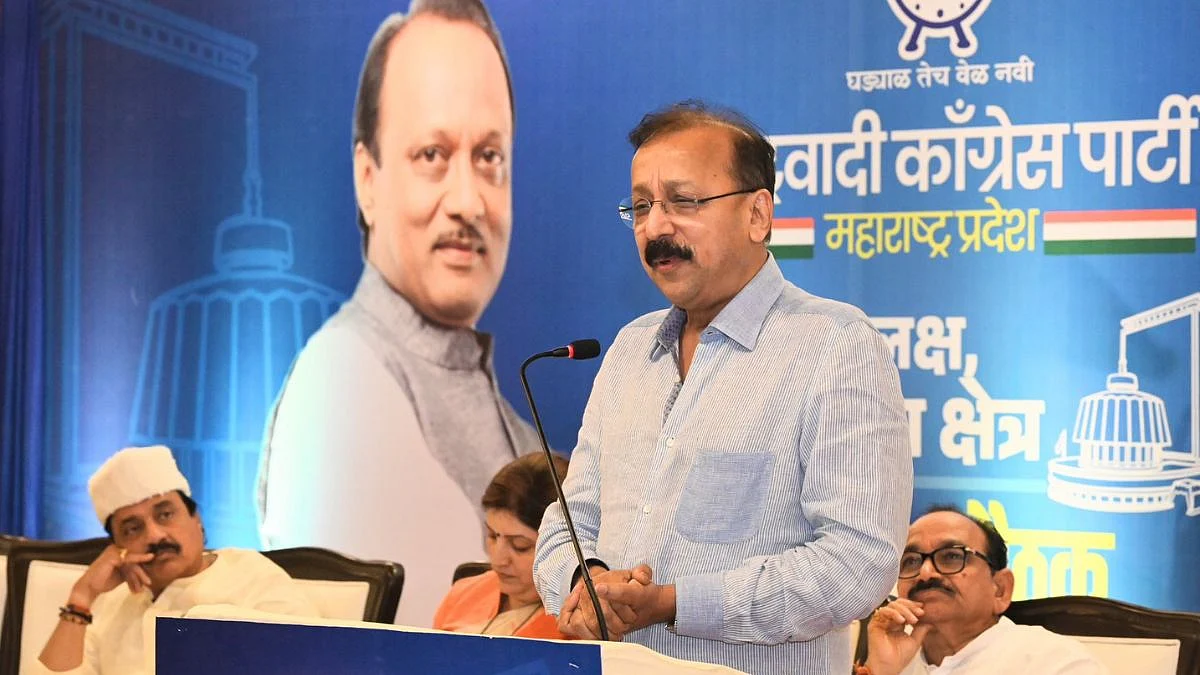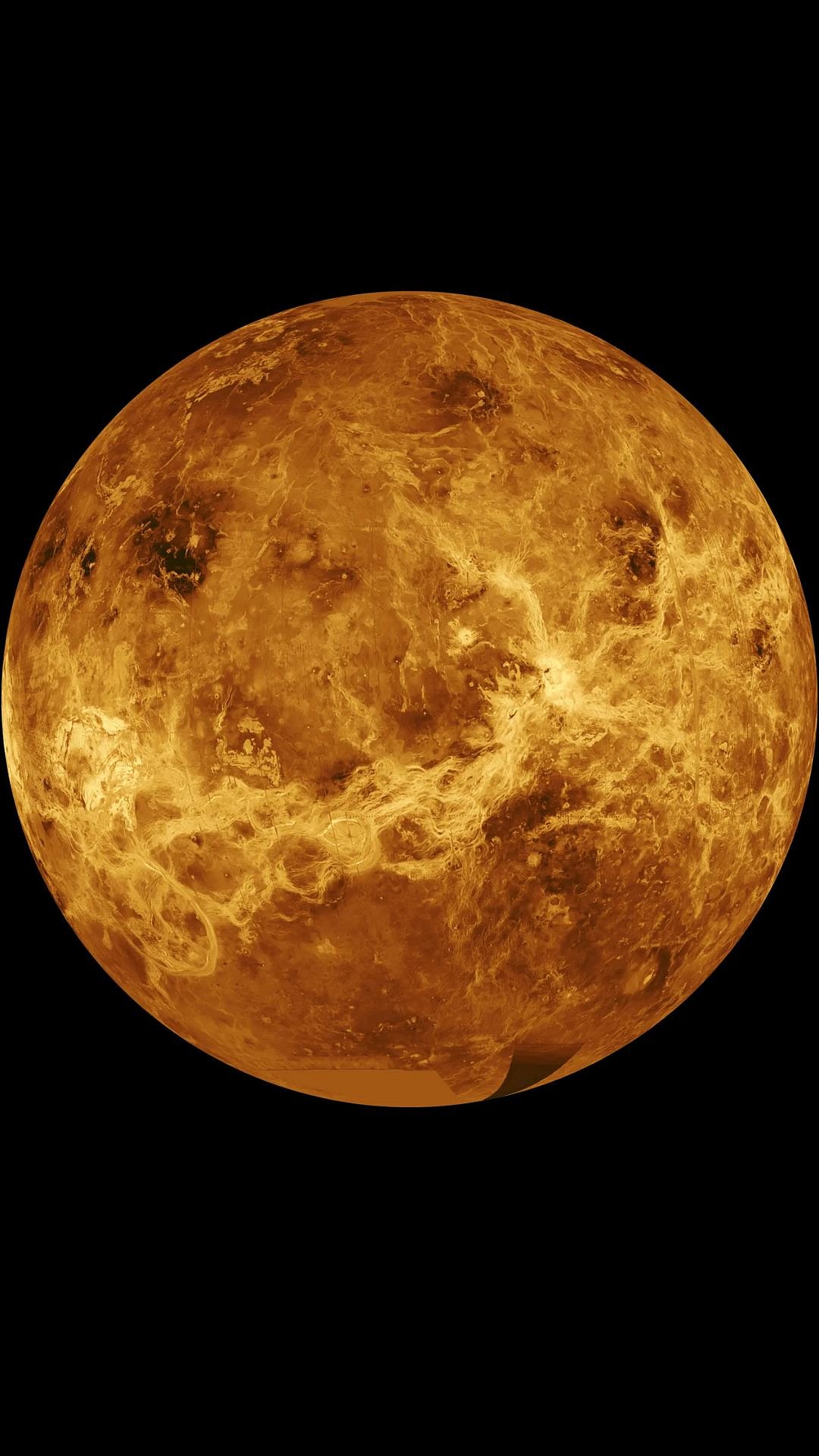After Chandrayaan-3's success, the Indian Space Research Organisation (ISRO) concentrated on its next mission, Chandrayaan-4. The mission, Chandrayaan-4, aims to return soil samples from the Moon.
During the 62nd foundation day ceremony of the Indian Institute of Tropical Meteorology in Pune, Nilesh Desai, Director of the Space Applications Centre (SAC/ISRO), said that the Chandrayaan-4 mission will include a sample return from the lunar surface.
ANI quoted Desai saying, "The landing will be similar to Chandrayan-3, but the central module will return after docking with the orbiting module, which will later separate near the Earth's atmosphere, and the re-entry module will return with samples of Moon soil and rock. It's a very ambitious mission, and hopefully, in the next five to seven years, we will meet this challenge of bringing samples from the Moon's surface."
Chandrayaan 4 is a complex mission
Chandrayaan-3 landed a 30-kilogram rover, and Chandrayaan-4 plans to deploy a massive 350-kilogram rover, which will be more complicated than its predecessor. The challenge advances as the mission tries to achieve a precise landing on the Moon's rim, an area that has yet to be investigated. The rover's exploring area will be 1 km × 1 km, which is much larger than Chandrayaan-3's 500 metres x 500 metres.
The success of Chandrayaan-4 is dependent on its capacity to return lunar soil samples to Earth. The lander module docks with the orbiting module in space, followed by the return of the centre module containing the samples. This operation will use two launch vehicles, emphasising the mission's size and complexity.
About LUPEX mission
ISRO in collaboration with Japanese space agency JAXA, is working on another lunar mission called the Lunar Polar Exploration Mission (LUPEX) mission, which will investigate the Moon's dark side. During this mission, a rover weighing up to 350 kg will explore areas up to 90 degrees on the lunar surface.











